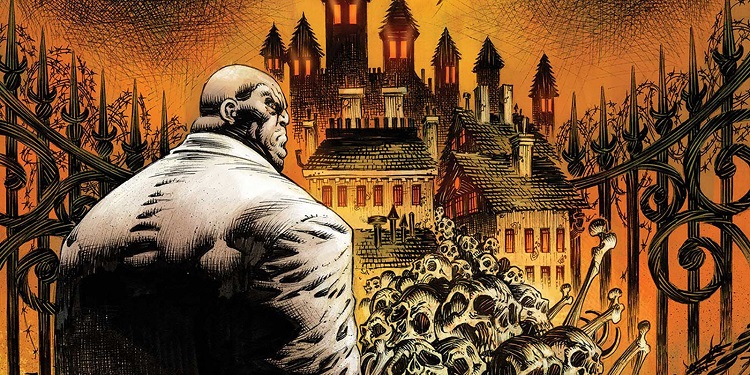There are dark places in any fictional universe, places that we would not like to step on or out of obligation, where discretion is maintained about what happens there. Panini Comics reserves a room for us in Ravencroft, a sanatorium to redirect criminals.
If we turn our heads and look at the shelves where our collection is accommodated, we will be able to find a comic of a certain bat man, published by the Distinguished Competition, in which we find, even if only mentioned, the name of a certain psychiatric or, rather, asylum dedicated to the criminally insane who normally operate in a nearby city whose name does not really correspond to any city that is located on the face of the Earth. Batman, DC Comics, Arkham Asylum and Gotham City. Well, it turns out that in the Marvel Universe there is a place that could be considered its counterpart, Ravencroft, although so far, it has not turned out to be so relevant.
The first news we have of this installation comes to us in The Spectacular Spider-Man # 178, at the beginning of the acclaimed story arc entitled “The child in you”, with the tormented villain Vermin, as a common thread, in need of psychiatric treatment. Here we already find Dr. Ashley Kafka, director of the center until her recent death during the events that occurred in the miniseries Absolute Slaughter and the specials that complement it. Now Marvel has taken advantage of the destruction of Ravencroft to raise it up again and endow it with a past cemented by more than five centuries of history that we did not know, a pure exercise in retro-continuity.
It takes place especially in the three special issues that precede the five that make up the miniseries that relocate the psychiatric institute within the Marvel Universe. The three specials are named after three well-known villains of different kinds. Carnage, Sabretooth and Dracula. They will serve above all to unravel the stories that Jonas Ravencroft’s lost diary hides, with the mysteries that are hidden in the underground depths of the original building. Threats that exceed the morale of any medical treatment, horrors performed that cannot cushion the padded cell walls.
- Advertisement -
The weight of telling us the plot falls on the veteran Frank Tieri, whose career in Marvel already dates back twenty years with stages in Wolverine, Massacre or the noir version of Punisher. The parts that tell us the timeline of the past offer interesting data and details, not so much the revitalization of the concept that does not fully exploit the potential of characters like Misty Knight or John Jameson. The support of villains like Wilson Fisk, Kingpin, or Norman Osborn offers some remarkable twist without being able to shine either. The ending is open to a future continuation but the weight of the residents of Ravencroft is practically irrelevant and does not offer a range of possibilities on which to explore the psyche of criminals.
The drawing is by the Spanish Angel Unzueta, except for the flashbacks that fall on Guiu Villanova, Guillermo Sanna or Stefano Landini. The setting between the sinister and gloomy still required a dirtier and darker draftsman while Unzueta offers a clean and clear line that fails to convey a sense of fear. He just complies and gives us the joy of seeing Dennis Dunphy, The D Man, in a comic again, now converted into one of the security agents of the psychiatric institute. The Kyle Hotz covers for the miniseries are noteworthy and make us see that it might have been a better option to illustrate the interior.
Ravencroft can be a prominent place on the map of the Marvel Universe, even to explore its history in greater detail. Equally in the other hand we can feel real terror by some flickering fluorescent corridors, with reinforced door cells that allow to breathe madness behind the metal closures of a straitjacket. Until then we will continue to have greater respect for the walls of Arkham Asylum.


